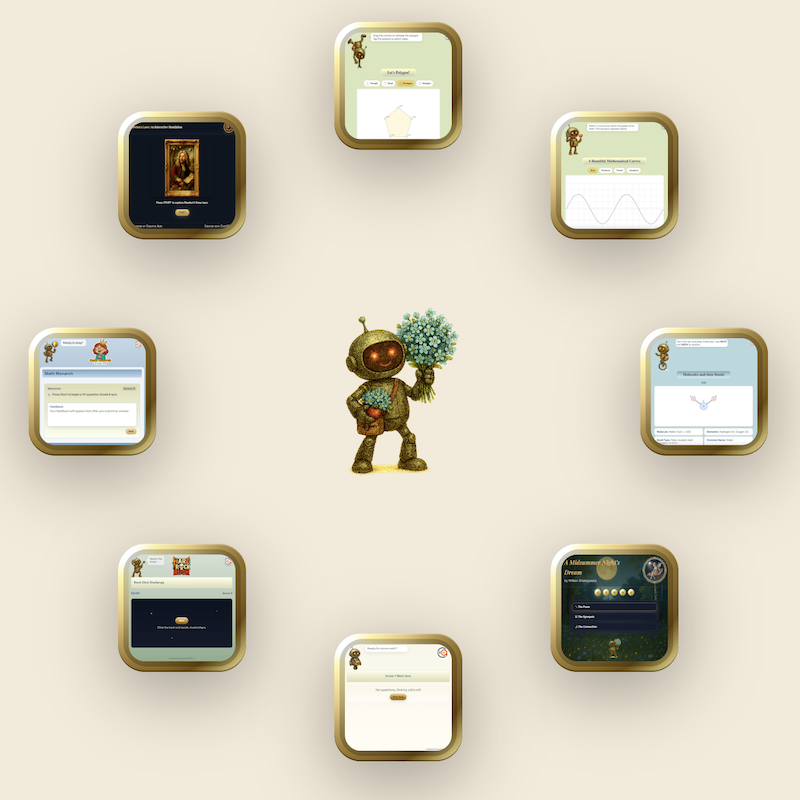Among all kinds of diverse audience that an Instructional Designer may have to address, a culturally audience is probably the trickiest. Mostly because it influences everyone equally. Content creators have tried to come up with abstract generalizations such as high-context vs. low-context cultures, material vs. non-material cultures, and so on. However, such generalizations are only skin-deep and seldom help the instructional designer, who must dive deep into learner-psychographics.
I . What is a Culturally Diverse Audience?
I think that if we analyzed the term a “culturally diverse audience,” it would be a good starting point for our quest.
My own understanding of the term culture is distilled below.
The traits, attitudes, and beliefs; the social formats; and the practices of day-to-day existence, shared by a group of people in a specific place and time, can together be called culture.
Audience diversity, on the other hand, refers to the variations in the composition of a group of our audience. So if our audience exhibits different traits, audience, and beliefs, social formats, and day-to-day practices because they come from different places, we have a “culturally diverse audience.”
II. Why is it challenging to address a culturally diverse audience?
For a variety of reasons, but primarily because:
- Content Design/Training Delivery is a Few-to-Many or One-to-Many relationship. The few/one learning provider has an excellent view of their own culture and their content becomes naturally biased toward their own culture. The ability to see one’s own cultural biases objectively and create culture-neutral content requires studied practice.
- Instructional Design focuses on Audience Psychographics and it can help create awesome content when the audience have similar if not same KSAs (Knowledge, Skills, and Abilities.) However, this might not always be the case. (For instance, we may have a culturally diverse (even global) audience bound with the same purpose – and instructional designers must rise to the occasion and create great content anyway.
- A culturally-diverse audience “appears to ask” for tons of research. A young instructional designer might feel inundated even before she starts designing the content and mental fatigue might set in
III. How to Create Effective Content/Delivery Effective Trainings to a Culturally Diverse Audience?
If you have to create content/deliver training to a culturally diverse audience, do the following.
- Determine the extent of diversity
- Decide between a Culture-Neutral or a Culture-Relevant Approach.
- Provide the learner’s the opportunity to share their experiences.Let us take a closer look at each of these.
1. Determine the extent of diversity
Review the audience to determine how culturally diverse they are. For example:
They are from:
- Delhi-NCR, Punjab, Haryana, and UP.
- All over India.
- All over the Indian Sub-continent.
- the US.
- All over the world
2. Decide between a Culture-Neutral or a Culture-Relevant Approach.
Based on the duration of the program, the extent of diversity in the audience group, and whether it would be implemented as online courseware or a virtual training program, decide whether you want to use a culture-neutral approach (recommended, unless it’s a longer duration online course for a low- to mid-extent diversity audience,) or a culture-relevant approach.
Remember the audience becomes more culturally diverse, culture-neutral content becomes more relevant and potent.
For creating culture neutral content, use any of the following methods:
A. The Greatest Common Factor Method or The GCF Method
For instance, if your audience is the whole world, you can choose to stick to the content and avoid illustrating it (an Instructional Design sin,) or you can illustrate it using examples from what you are sure that the whole world knows about. So a discussion on inclusivity and diversity, could refer to holocaust as a fallout of intolerance, and the example of Ukraine and Russia could be discussed as an example of bullying.
B. The Lowest Common Denominator Method or the LCD Method
These are specific examples, but you can also choose to illustrate your content with examples from feelings and experiences that are felt and experienced by everyone. So, adumbrate your content with feelings (“you must have felt anger, disappointment, hurt or happiness, elation and so on, when you heard of…” relate it with your content) or experiences (“you must’ve seen road-rage incidents, incidents of bullying, partiality in work-place”) and so on, or skills (for technical programs, “this is common to most programming languages…”)
I won’t expand upon the content-relevant approach, because as instructional designer, we are already good at it.
3. Provide the learners the Opportunity to share their own experiences.
For a culturally-diverse audience, this gives the learner an opportunity to:
- share past experiences (andragogy)
- learn from others experiences and augment their own peripheral learning
- remove ambiguity
- provide a richer learning experience to everyone involved.
So when you must address a culturally diverse audience in future, remember the GCF method and the LCD method, and floor your audience!
Image Credits: Xiaoxiao Sun on unsplash





Leave a Reply